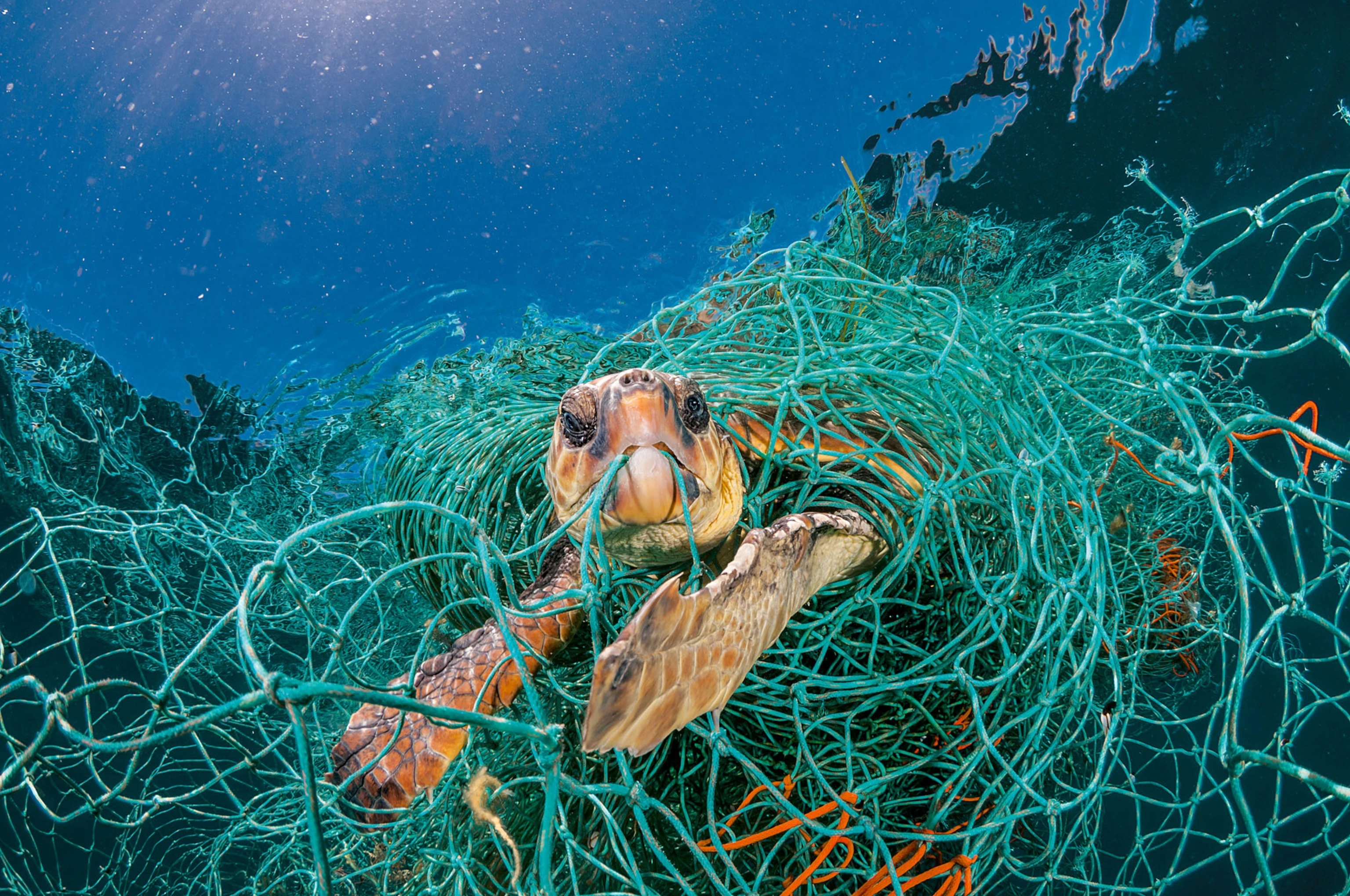
Population Effect on Marine Life
Oceans and marine life have been an integral part of human existence since time immemorial. All kinds of human activity directly impact marine life and its health. From food and medicine to providing job opportunities to humans, we depend on it for our survival. There are almost 3 billion people in the world who live within 200 km of a coastline. This figure might double in the next few years. In simple terms, it means that the economic and technological development of human beings is threatening marine ecosystems. A report from the World Wildlife Fund (WWF) has found that there has been a 50% decrease in marine life populations between 1970 and 2012. We have pushed oceans to their limits and any change in their ecosystems means it’s harder for marine life to survive and flourish. Overfishing has been a global problem for some time now and according to the WWF report, populations of tuna and mackerel have declined by 75%, while the Bluefin tuna is almost extinct in the Pacific.
View Full Post


